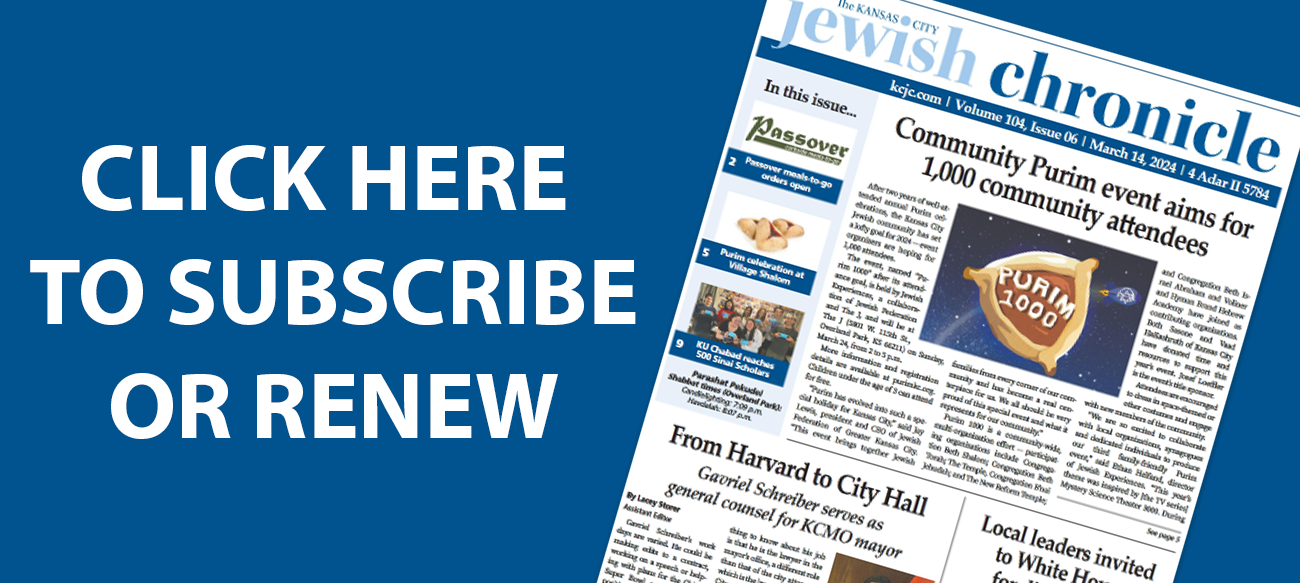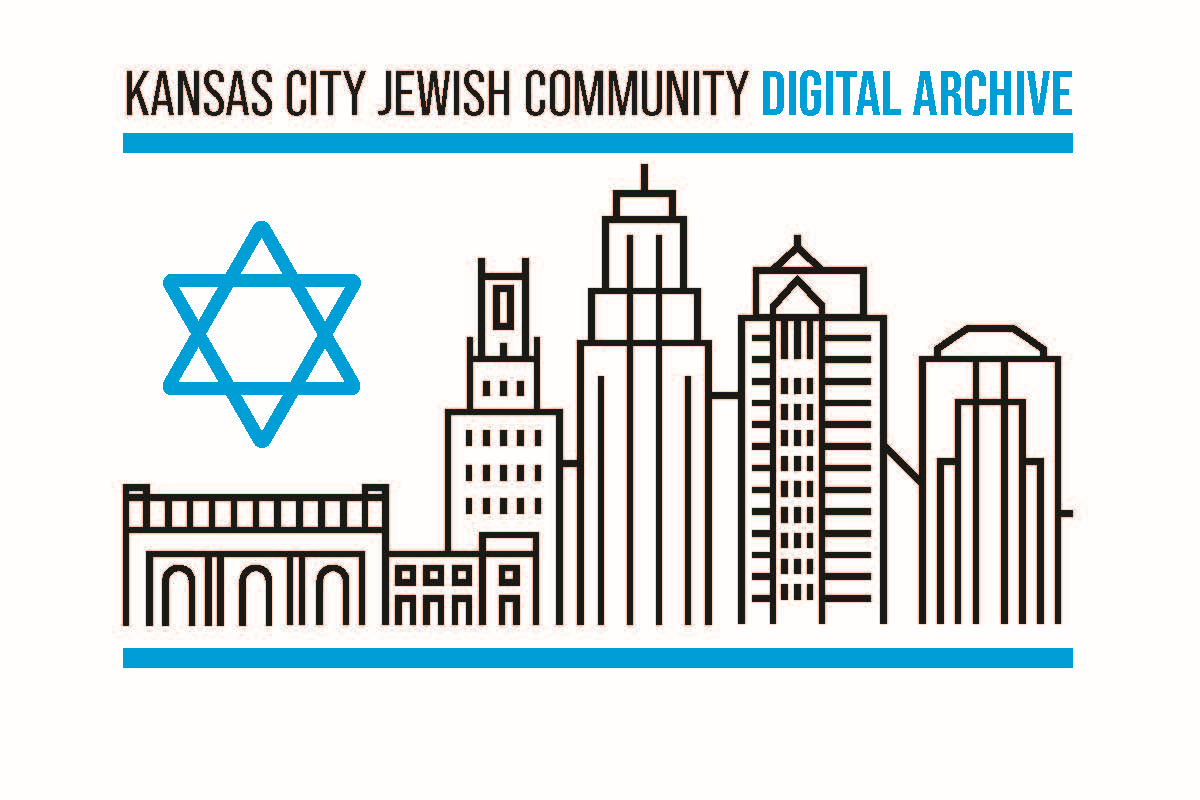The second phase of the Kansas City Jewish Community Digital Archive will debut with an interactive timeline of The J available online.
In addition to showing The J’s legacy, the digital timeline will serve as a prototype for how other community organizations can preserve and share their histories.
The Jewish Community Digital Archive’s first phase was launched in 2022 with the digitization of The Kansas City Jewish Chronicle’s back issues and local history video interviews. Spearheaded by Andrew Kaplan, Alan Edelman and Norman Kahn, the archives have proven useful — Kaplan used the archives to compile a presentation on the history of the Menorah Heritage Foundation, for example, and The Chronicle utilizes its digital archives for history presentations and weekly Facebook and Instagram posts featuring older stories. The archives have also been used for organizational and genealogical history.
The project’s second phase aims to create and launch a template that community organizations can utilize to compile and display their history online. With this goal in mind, Kaplan and community member Bob Grant wanted to create a functional prototype to showcase how archives can be compiled and visualized.
The idea, as Kaplan put it, is “build one, sell many” — with a working prototype, the archive team hopes that other organizations will take part and use the template to make their own timelines and tell their own histories.
Kaplan and Grant picked The J as the debut organization to showcase how the digital timeline can be adapted for any organization. Both Kaplan and Grant are former board chairs of The J, and Grant has been compiling its history in his retirement, so they have (and have access to) a wealth of knowledge about the organization.
“I sat at a past presidents’ meeting, and I listened to a couple of our elder statesmen talk,” Grant said. “I was thinking to myself, ‘Oh my gosh, we got to capture this.’ They have stories that are just fantastic, and they bring them to life.”
By using resources such as the past presidents, documents and issues of The Chronicle, Grant began to compile the history of The J. Grant and Kaplan told The J’s leadership that they would “let the board and staff [of The J] stay future-focused, and let us worry about the history.” The J’s president, Jim Sluyter, was enthusiastic about the project.
“I love for The J’s story to be told to the community, [as well as] the impact we’ve had,” Sluyter said, “so I think it is important to tell that story and to get the word out… Having a tool to be able to easily go back and look at the history of The J would be incredible.”
With the idea of an interactive timeline, the archive team and The J began looking for software or applications that could work for various organizations and be user-friendly for both administrators and web users.
“What we want is this 3-D feeling that you’re moving through history as we’re telling the story,” said Alissa Sanderson, The J’s chief marketing and communications officer. “We also wanted to find a tool that any agency could use on the backend, something that was simple to create and maintain.”
Sanderson found a program called Tiki-Toki, which provides customizable, three-dimensional timeline templates that can be adapted to show organizations’ histories. The ability for images, audio, video and text to be integrated into the timeline will allow everything from documents and artifacts to testimonies and recordings to be stored, searchable and accessible.
Grant’s undertaking to assemble the history of The J has resulted in enough milestones and information to put as points on the prototype timeline, such as location changes and leadership transitions. Grant said that more information and details can be added to the archives at any point.
Kaplan said that the archive team made a commitment to help train other organizations on how to create and manage their timelines should they partake in the archive’s second phase.
“All [organizations] have to do is pull together their stuff,” Kaplan said. “That’s it. They don’t have to think about technology — technology is already done. They don’t have to think about where it’s hosted. It’s already hosted.”
Kaplan said that funding from the Barton P. Cohen and Mary Davidson Cohen Charitable Fund was essential in the creation and maintenance of the archive project.
“We wouldn’t be here without Mary and Bart, both for the first phase and in the second phase,” Kaplan said.
Grant predicts that The J’s timeline will be publicly available by the end of June. In the meantime, those who are interested in the local history video interviews and 105 years of issues of The Chronicle can visit the archive at jewishkcarchives.org.



